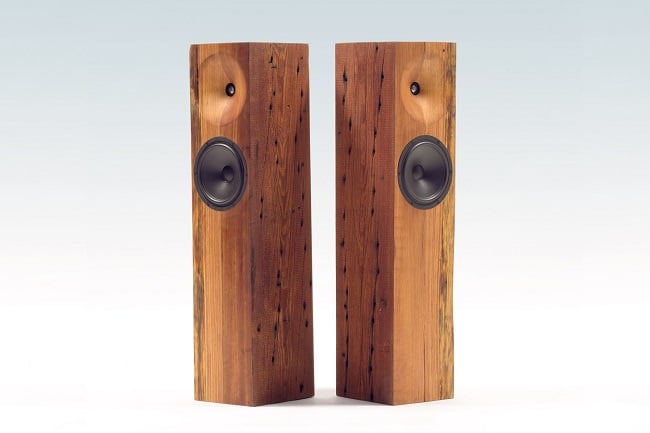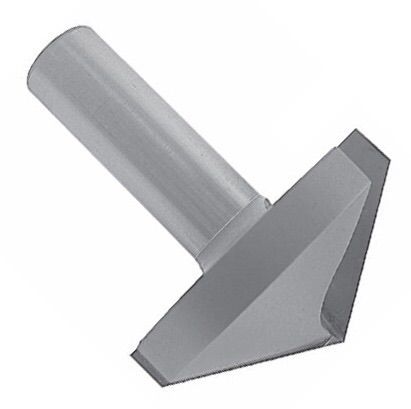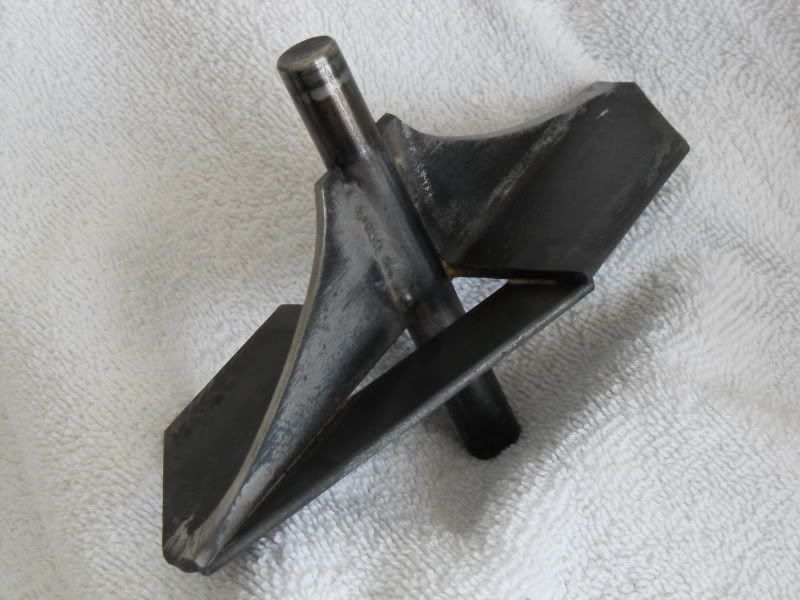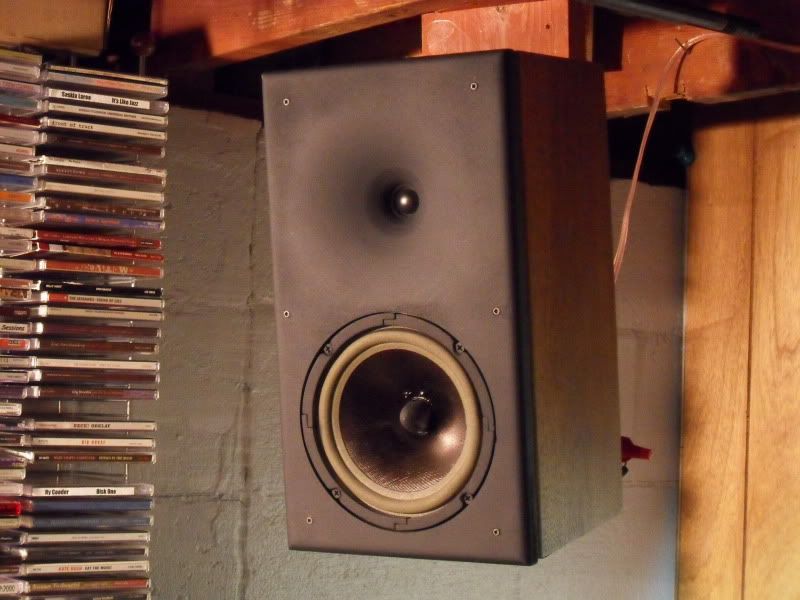I saw these speakers online and was instantly blown away by the design and instantly curious how to create a similar shape. for the smaller tweeter receded into a cove.
![Image]()
I can see that the timber has been ripped down the center and joined back together, So perhaps creating the cove shape in 2 parts possibly. If its CNC then it would be simple, Otherwise perhaps its done with a spindle moulder? On the extreme side of things it could be possible to have a custom shape forstner style bit to cut the shape out??? Probably not though.
For now I'm just curious in expanding my knowledge of techniques, as I am a cabinetmaker apprentice in my second year. Im working for a small company that does 90% custom commissioned work using recycled rimu.
The company has a spindle moulder however, can you make custom cutters for them?
Regards
Scott Eyre

I can see that the timber has been ripped down the center and joined back together, So perhaps creating the cove shape in 2 parts possibly. If its CNC then it would be simple, Otherwise perhaps its done with a spindle moulder? On the extreme side of things it could be possible to have a custom shape forstner style bit to cut the shape out??? Probably not though.
For now I'm just curious in expanding my knowledge of techniques, as I am a cabinetmaker apprentice in my second year. Im working for a small company that does 90% custom commissioned work using recycled rimu.
The company has a spindle moulder however, can you make custom cutters for them?
Regards
Scott Eyre







